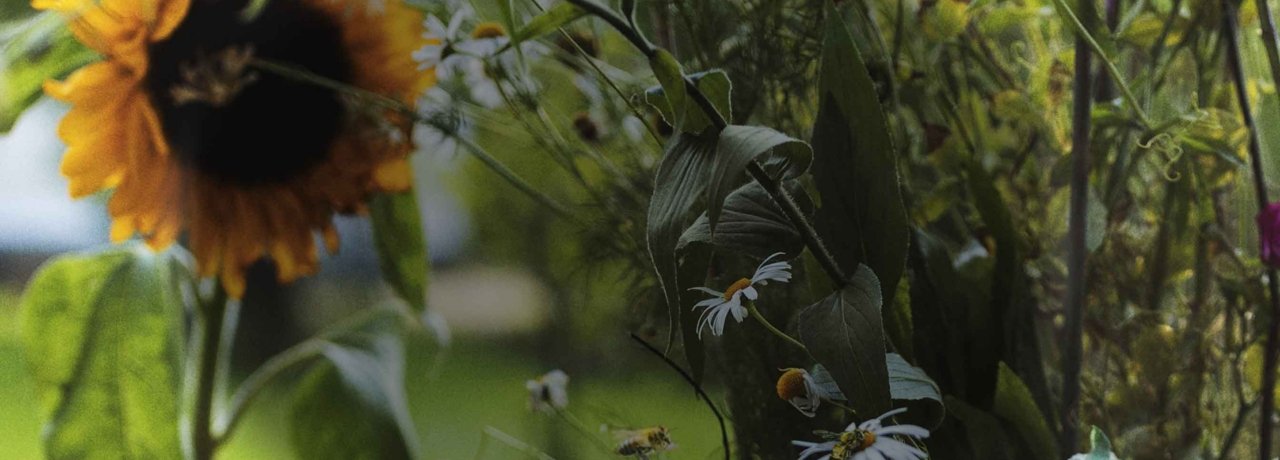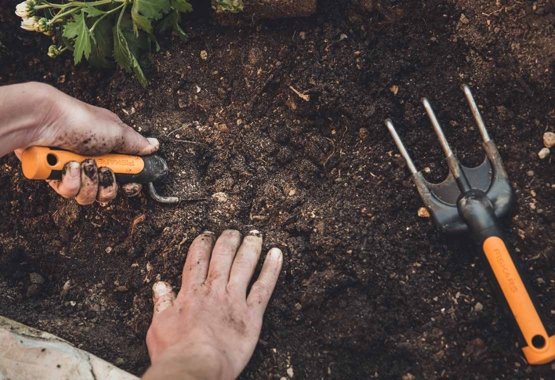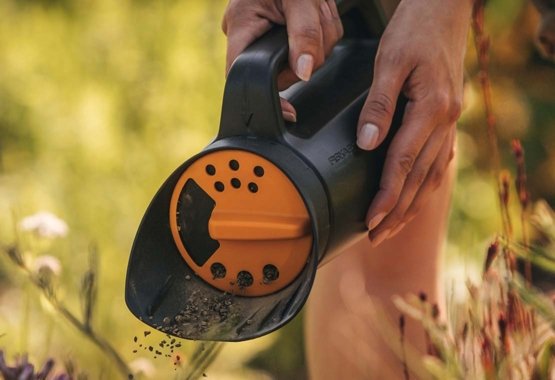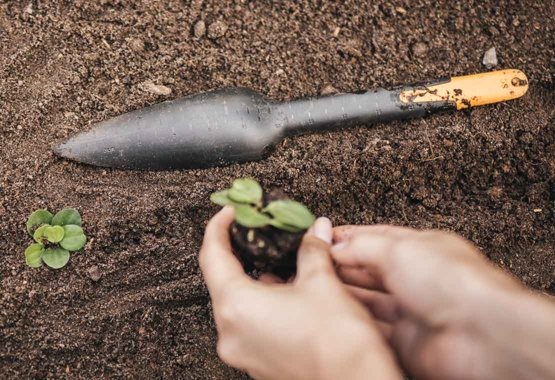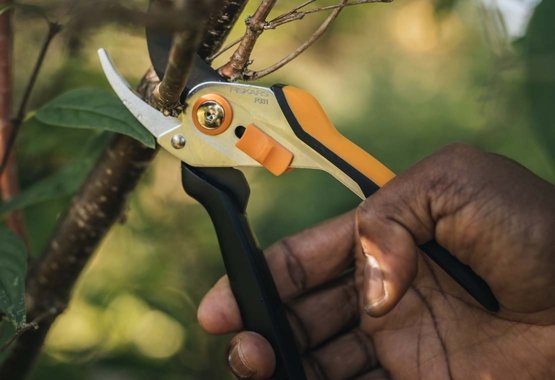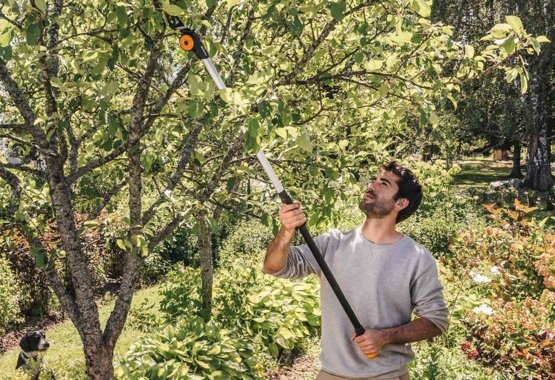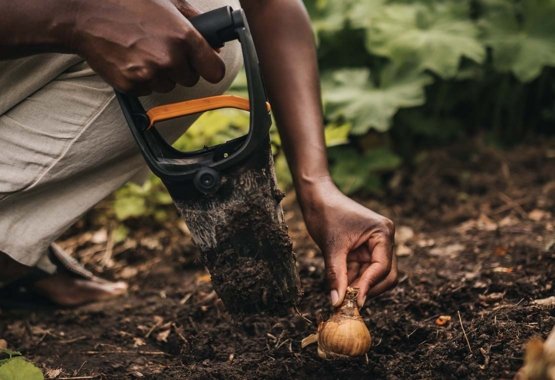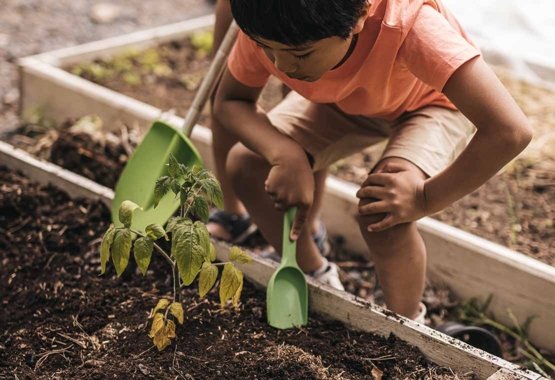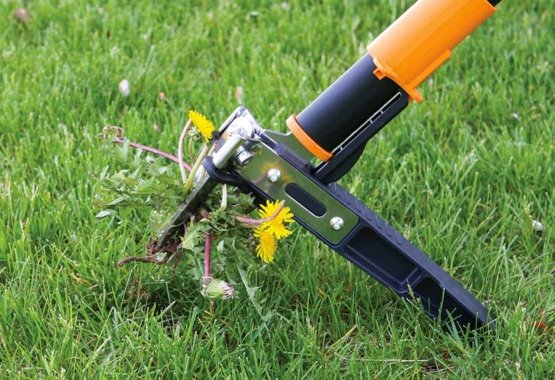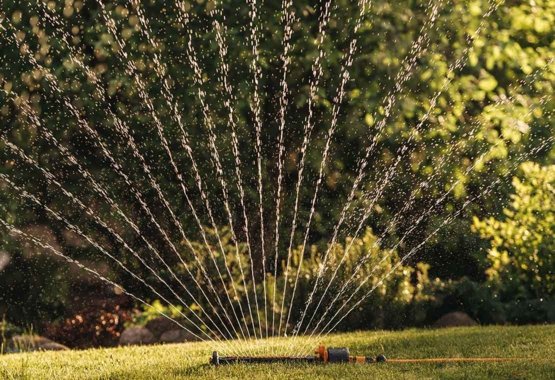
Bee happy in your garden
Those of us who love to garden already know how much we owe to bees and other pollinators. In these bright spring days, as we see our gardens start to wake up around us, the buzzing of our hardworking bee friends is a clear sign that nature is in balance. There are 25,000 species of bee in the world but populations are declining – three bumblebee species have become extinct in recent years and the European Red List for Bees warns that almost one in ten species of wild bee are under threat in Europe. What can we do to help?
We want to help you to help the bees
To help you plant for bees this spring we are offering a free bee box when you buy £50 of Fiskars planting and growing tools and upload your receipt. The content of the box varies according to location, but every box includes bee-friendly seeds, a Fiskars planting stick designed for happy planting, RHS seeds and instructions, planting calendar and how to spot different bees in your garden.
To find out more about this offer, you can read our terms and conditions here.
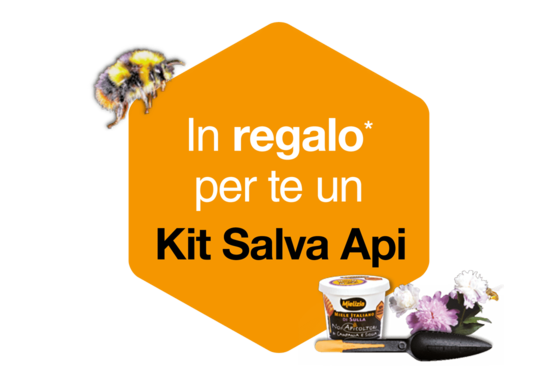
We partnered with Logo
Present the co-op partner shortly (their mission) and tell more about the nature of the co-operation. Lorem ipsum dolor sit amet, consectetur adipiscing elit. Pellentesque imperdiet est eu est consectetur mollis. Ut dignissim nec ante ac convallis. Nunc ut efficitur ipsum. Duis quis gravida mauris, id.

Build a bee hotel
If you have enough space, try building a bee hotel – many bees are solitary and will nest in a safe pile of wood or bamboo. You can also purchase a ready-made bee hotel. Avoid placing the hotel in a windy spot or in a position where the rain can get in. The best part? This hotel is open 24/7, all year round.
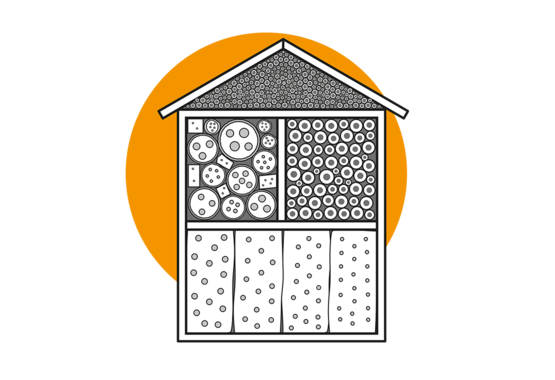
Let nature do some of the work
Create a wild patch or mini meadow in your garden, where wildflowers can grow. Do not remove any dead branches and avoid raking leaves. This will provide shelter for insects and small mammals.
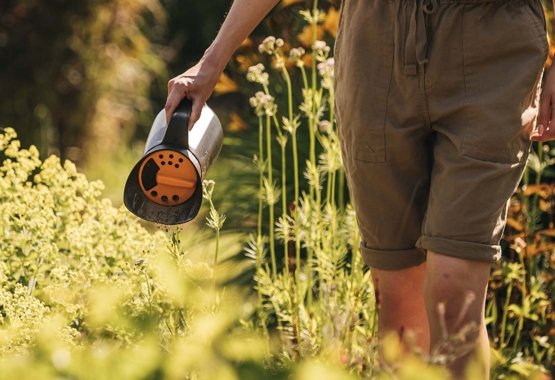
Forget the lawnmower
Mow your lawn less often, and let the wildflowers in your lawn bloom. Keep the grass a little longer so it won't dry out in warm weather.
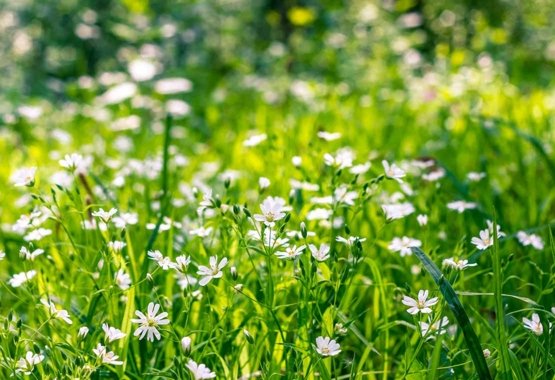
Remove weeds mechanically
Avoid using pesticides or weedkillers, which are toxic to bees and other pollinators. Before tackling any garden pests, ask yourself: are they truly harmful? Are they fatal to your plants, or are the effects more temporary?
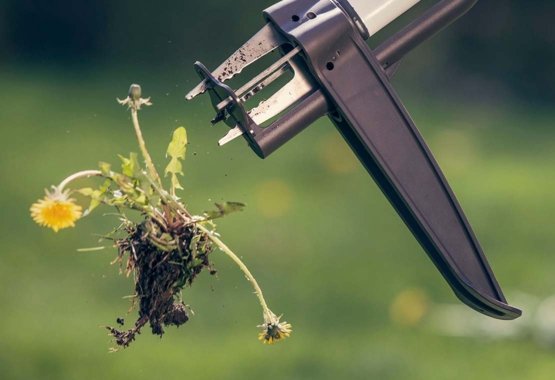
Place bowls of water in the garden
Help animals stay hydrated during scorching summer months. Place a few bowls of water in the shade. Make sure to refill the bowls with clean water every once in a while. Add pebbles and floating sticks to offer bees a good landing spot and avoid drowning.
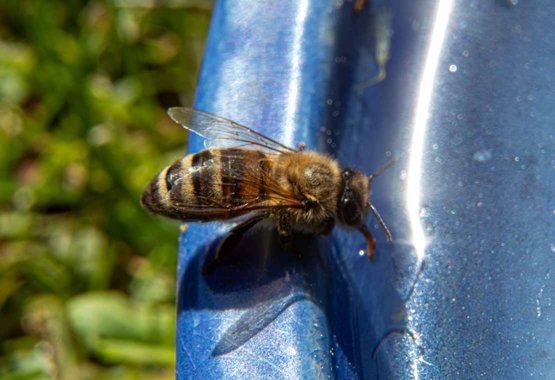
8 tips for choosing plants
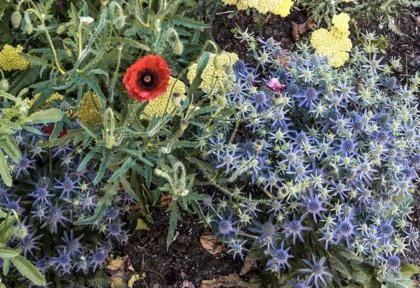
Something for everyone
What may be a great source of nourishment for honeybees isn’t necessarily so for wild bees. However, all the plants that nourish wild bees are suitable for honey bees. As a rule of thumb, choose ornamental plants that wild bees love.
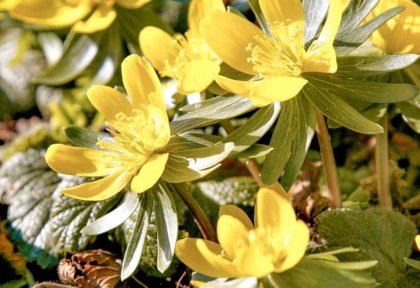
Prefer native plants
Plants originating from other countries or regions can be invasive and harmful to the ecosystem. Native plants are better for the environment and offer food for pollinators.
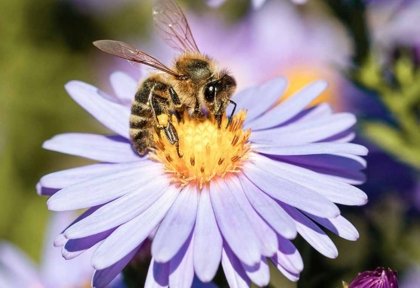
Think purple
It is no secret that bees love colourful flowers. Purple flowers, in particular, attract them. Why? Purple is one of the colours bees can see more clearly than others.
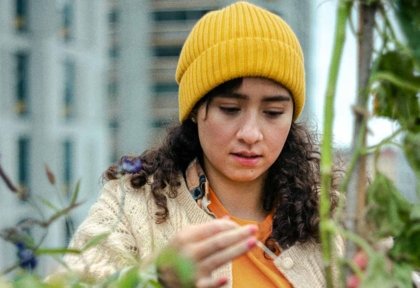
Best picks for the balcony
Germaniums and petunias look stunning on the balcony but have very little to offer to bees. Fortunately, there are many alternatives, such as nasturtium, viper’s bugloss, bellflowers and fragrant lavender. You can also try flowering herbs.
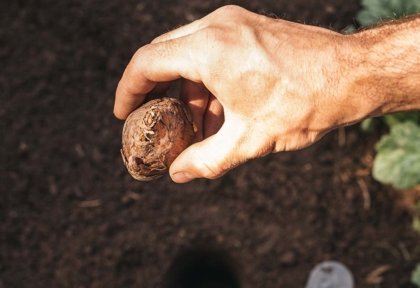
Plant your bulbs in autumn
Think ahead, and plant your spring-flowering bulbs in autumn. This way, bees will have a source of pollen and nectar come spring.
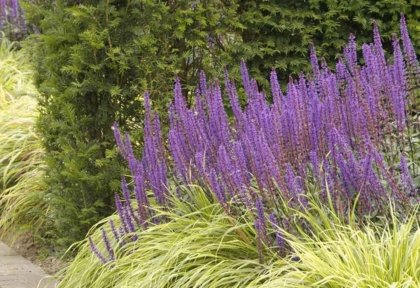
Feed the bees from spring to autumn
Wild bees require nourishment from spring to autumn. Therefore, it is better to choose plants that bloom longer.
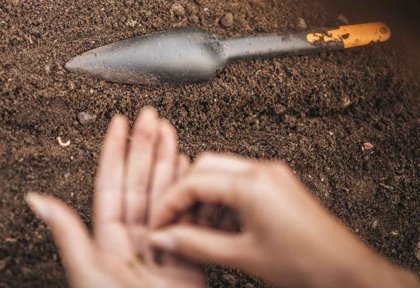
Opt for organic
Another shopping tip: look for high-quality organic seeds and plants. Chemicals are toxic to wild bees and can poison or even kill them and their brood.
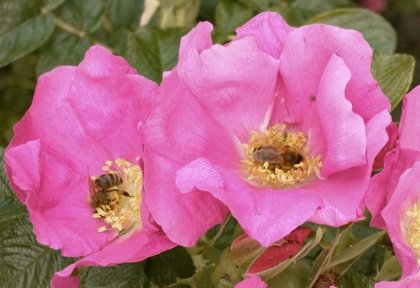
Single vs. double-flowered varieties
When choosing flowers, keep in mind that there are single and double-flowered varieties. Single, open flowers are better for bees as they can access the nectar and pollen.
Act now!
To help you plant for bees this spring we are offering a free bee box when you buy £50 of Fiskars planting and growing tools.
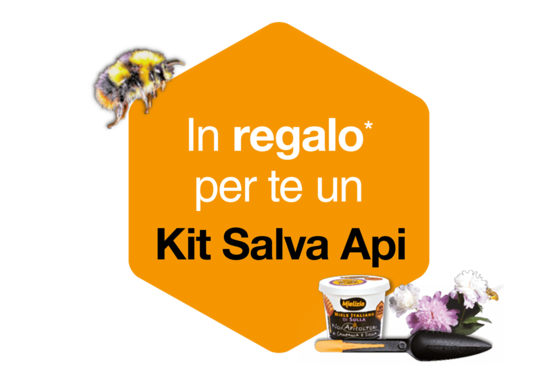
Nature’s little helpers
Bees evolved alongside flowering plants and are a beautiful example of nature in harmony. Flowers use scent and colour to attract bees, offering them nectar and pollen in return. Bees then travel from flower to flower transferring pollen and helping plants to reproduce – from the flowers in our garden to the crops that we eat and the trees that oxygenate the earth. Many of us are at our happiest when we’re planting seeds and imagining our glorious summer displays, but without the hard work of bees and other pollinators nothing much would grow.
The cause of bee decline is predominantly habitat destruction, both from intensive farming and urbanisation, with climate change and toxic pesticides compounding the problem.
